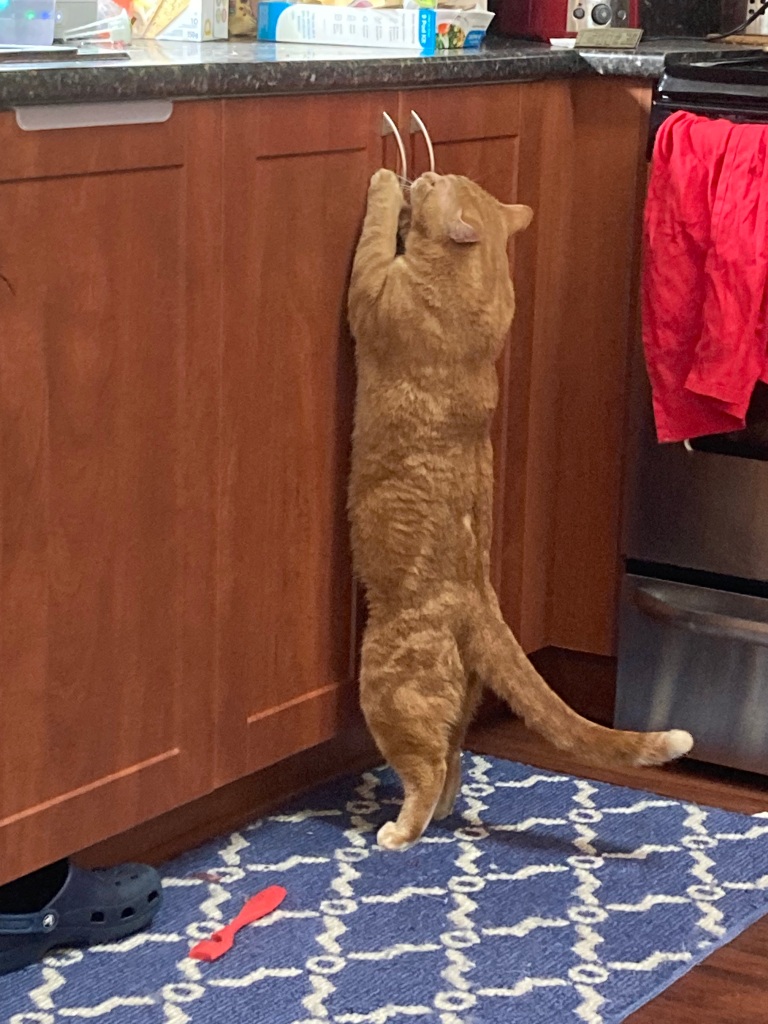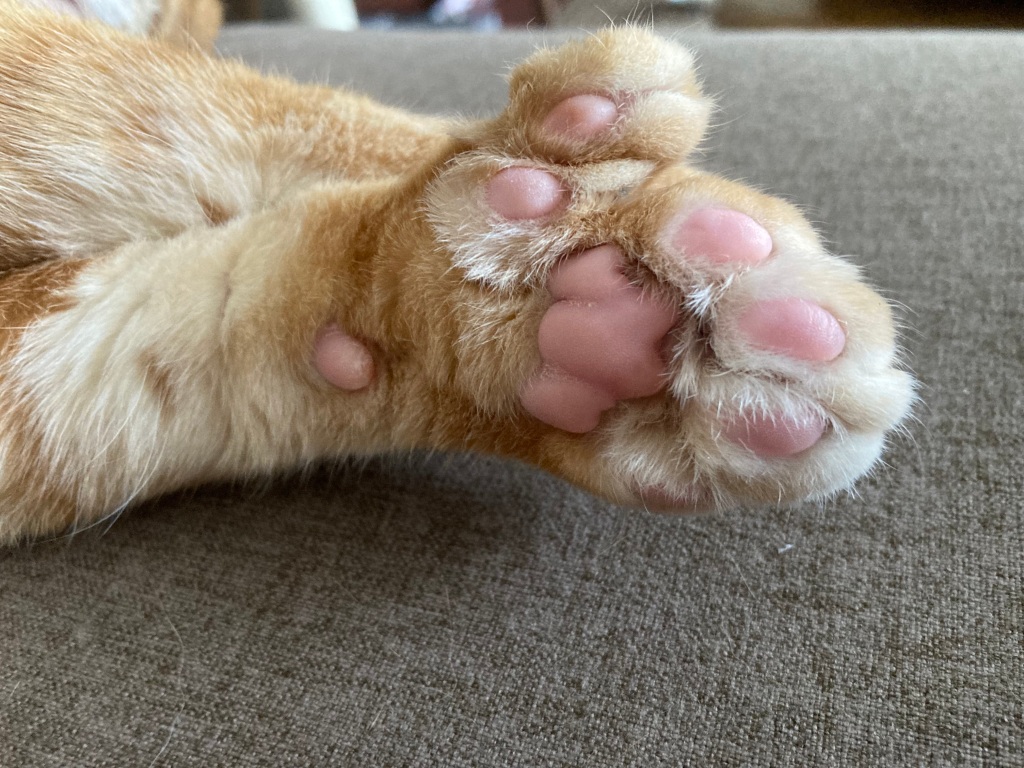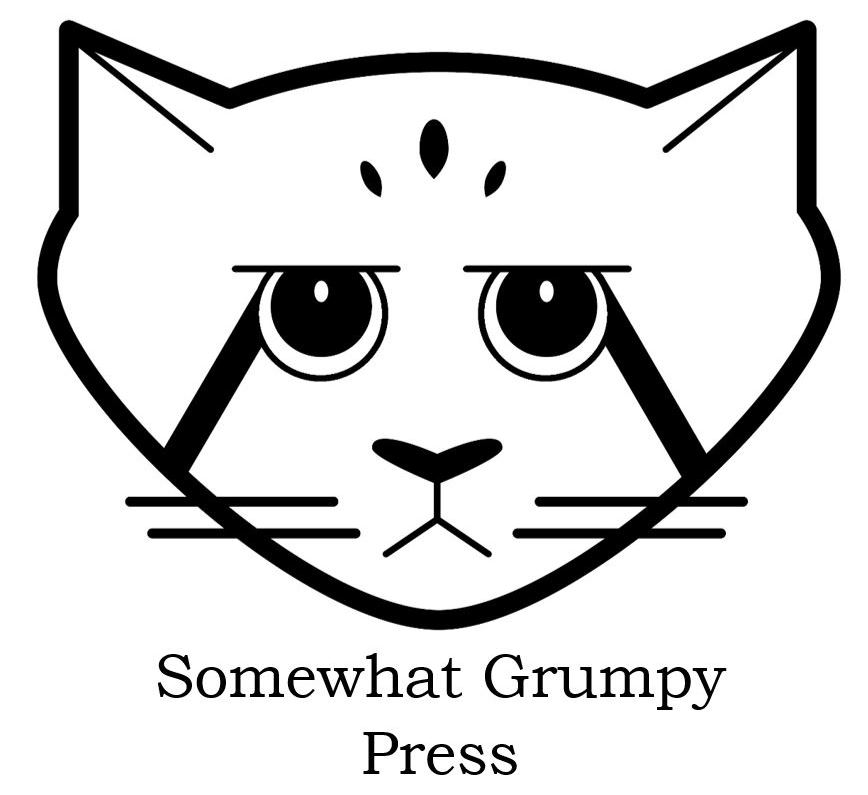(Plus, my book is on SALE!)
And so we are subjected to several interviews (CBC Ontario This Morning, for example) with people who have no idea what nursing is. This morning a very patient nurse practitioner had to explain multiple times what a nurse PRACTITIONER does as vs. a regular nurse. Their expanded role is essential to the provision of primary health care, and they and other specialist nurses are incredibly valuable.

I suspect the misunderstanding comes from people not really knowing what nurses do. Yep, we all have images of the hospital nurse, standing prettily, adjusting IV rates or managing emergency room care (and the doctors within), or giving shots.
But there’s so much more nurses do!! A quick look at the Canadian Nurses Association website identifies just some of the roles nurses take on. Encouragingly, it also points out that the numbers of nurse practitioners are increasing. But the other levels of nursing, from aide to LPN/RNA, to RN, to NP are all important.
In my time as a nurse, I’ve: worked on a burn unit, a “dirty surgery” unit (where infections came post-op), a few general surgery wards, a psych ward, taught alcohol use remediation courses, and prenatal, parenting, physical activity promotion, and chronic disease management classes. I’ve taught LPNs in an expanded role. I’ve worked in public health, visiting new mothers and babies, helping with breastfeeding and those first weeks. I’ve done media campaigns and workplace wellness campaigns, organized large community events, applied for grants for tobacco use reduction programs, managed interdisciplinary teams, participated in province-wide and local health promotion campaigns and evaluation studies, helped organize and evaluate primary care clinics.

And that’s only what I remember! It’s been a wildly varied career and I’ve loved every bit (well, except management, but we all have skill gaps). It’s allowed me to work in so many places as my then-husband moved us around for his work. Nurses I know have been everything from those who work in ICUs and ERs to those who manage long term care homes. Others have travelled to Africa and elsewhere to assist in clinics. Even more have worked in Canada’s North, providing often the only primary care to people living there. Public health nurses do everything from childhood clinics to sexual health programs to senior health promotion. Family practice nurses are often the first and most consistent primary care providers.

In short, nurses are the backbone of health care. The backbone is getting strained, however. So it’s important to point out all the things we do, even if it’s just for a week.
It would help if the interviewers do a teensy bit of research about the role of the person they are speaking to, though.
In honour of Nurses Week, my ebook, Spit & Polish, is on sale! Why not check it out while my publisher sets the prices low? It speaks of nursing education in the post-WW2 years, and of the different roles and expectations nurses worked in and under at that time. You may recognize some from even your more current education…
Happy Nurses Week to my fellow nurses! Let’s continue the fight for public health care!



















